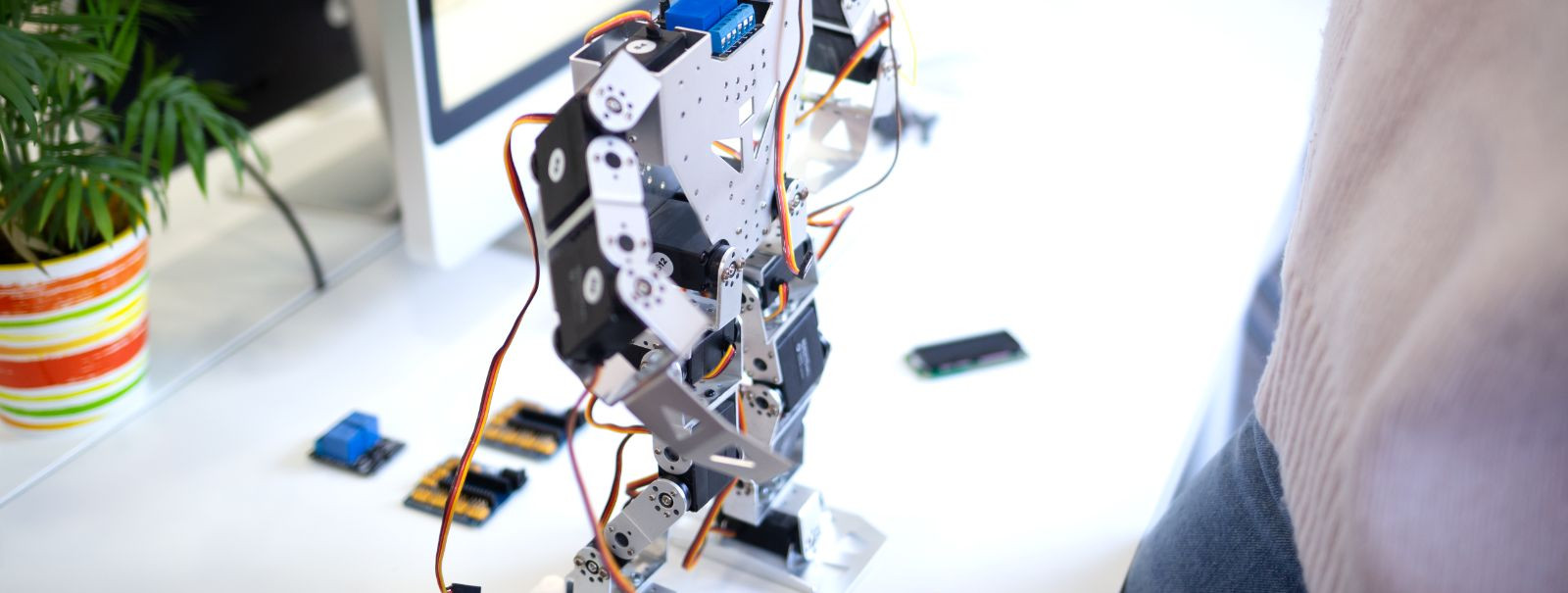Building your first robot: a beginner's guide
A robot is a machine designed to execute one or more tasks automatically with speed and precision. There are as many different types of robots as there are tasks for them to perform. A robot can be autonomous, semi-autonomous, or remotely controlled, and it can range from simple mechanical devices to complex AI-driven machines.
Building your own robot can be a rewarding experience that not only provides a hands-on understanding of technology but also enhances problem-solving skills. It's a fantastic way to dive into the world of electronics and mechanics, and it can lead to a fulfilling hobby or even a professional career in robotics.
Essential Components of a Robot
The brain of your robot is a microcontroller or processor. This component is responsible for executing the instructions that control the robot's behavior. Popular choices for beginners include the Arduino and Raspberry Pi.
Sensors allow your robot to interact with its environment by providing data that the robot can use to make decisions. Common sensors include ultrasonic distance sensors, infrared sensors, and touch sensors.
Motors provide the necessary movement for your robot, whether it's wheels for rolling, arms for grabbing, or legs for walking. Servos are a type of motor that can be directed to move to a specific position, making them ideal for precise control.
Choosing the right battery and power management system is crucial for the longevity and performance of your robot. Options include rechargeable lithium-ion batteries, NiMH batteries, or even solar panels for eco-friendly power.
The chassis provides the structural framework for your robot, while the body houses the electronics and components. Materials can range from simple cardboard for lightweight robots to metal or 3D-printed parts for more robust designs.
Designing Your First Robot
Before you start building, it's important to define what you want your robot to do. This will guide your design decisions and the components you choose.
Create a sketch of your robot to help visualize the final product and plan out the placement of components.
Select components that match the capabilities required for your robot's purpose. Consider factors like size, weight, power consumption, and cost.
Assembling Your Robot
Begin by assembling the chassis and then add the motors and wheels. Next, install the microcontroller and sensors, and connect all the electrical components. Finally, enclose your robot in its body, ensuring all parts are securely fastened.
Programming is what brings your robot to life. Write code to control the motors and read sensor data. Start with simple tasks and gradually add complexity as you become more comfortable.
After assembly, test your robot to ensure it functions as expected. Troubleshoot any issues by checking connections, reviewing the code, and making adjustments as necessary.
Enhancing Your Robot
Once you have a working robot, you can enhance it by adding more sensors, improving the code, or even integrating AI elements for more complex behaviors.
Customize your robot with add-ons like cameras, grippers, or additional modules to expand its capabilities and make it uniquely yours.







Comments (0)